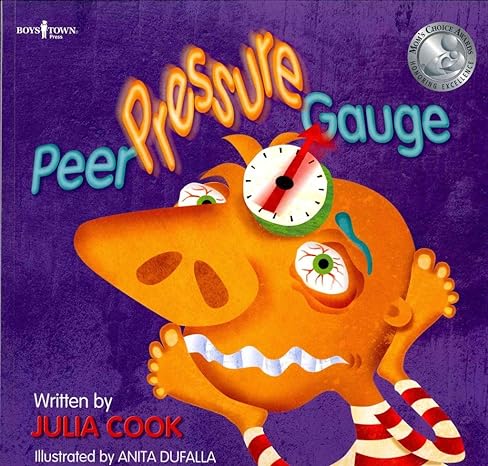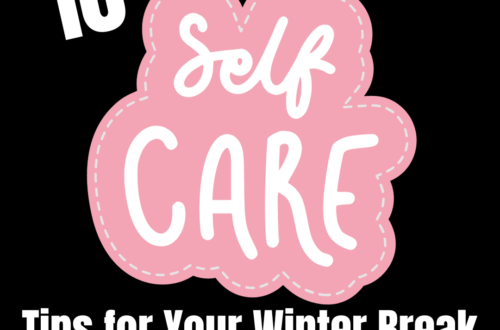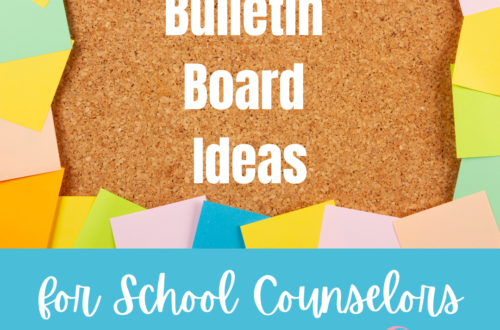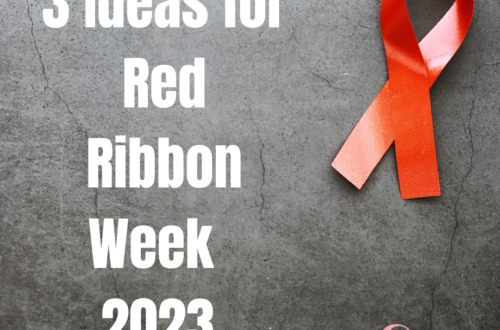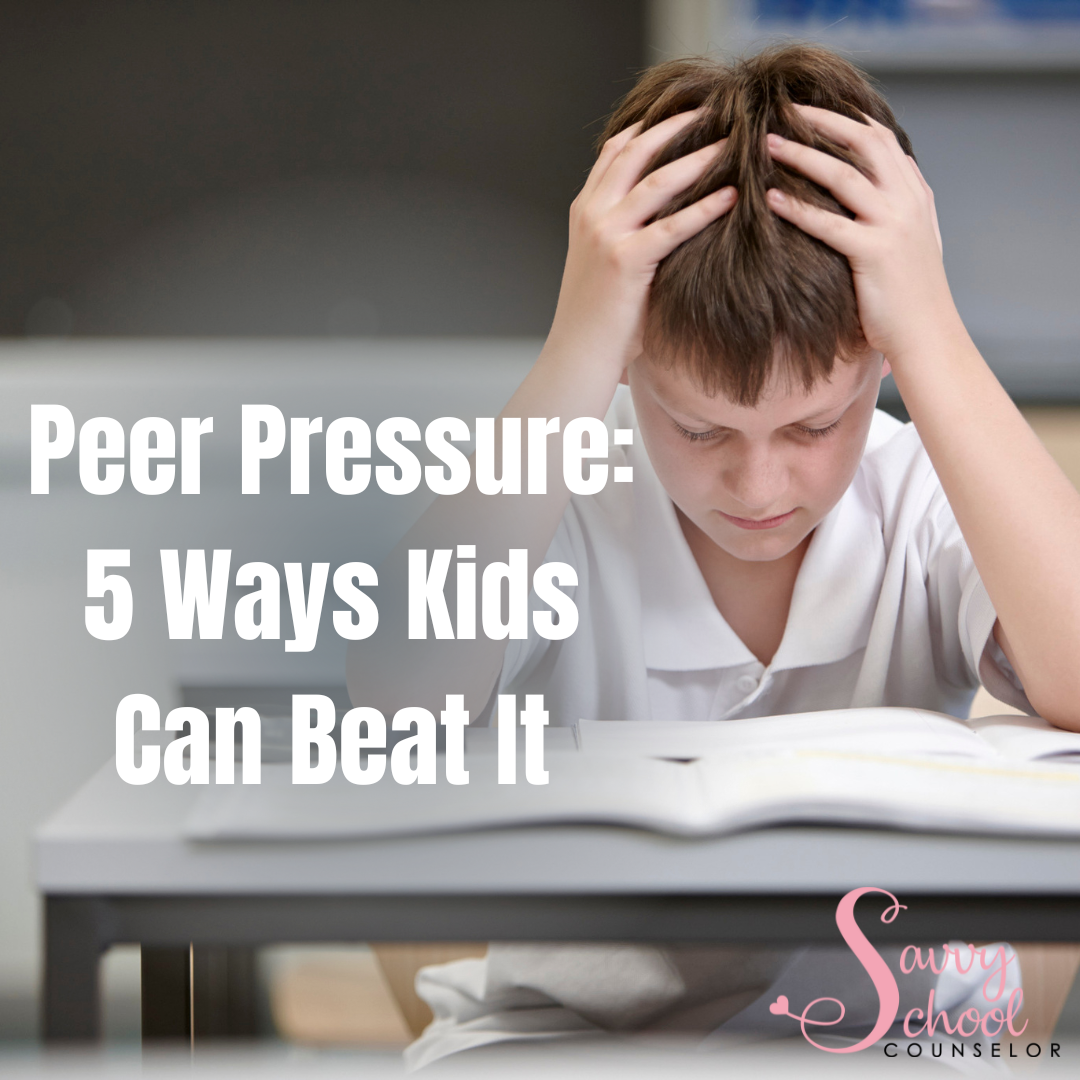
Peer Pressure: 5 Ways Kids Can Beat It
Learning to navigate negative peer pressure is an important topic for kids from elementary to high school. By providing tips and skills in elementary school, school counselors can give kids the tools they need to face those challenges. This knowledge will help kids grow into strong, confident individuals who can stand up for themselves and make smart choices. Gaining this knowledge now will help set the foundation for years to come.
Today I’ll be talking about 5 tips you can share with your students that will help get them on their way to becoming confident, resilient, and ready to stay true to themselves before heading to middle and high school.
Peer Pressure Prevention Tips for Kids
Teach kids to be Leaders, Not Followers: Sometimes, kids just need to be reminded of the difference between staying true to who they are by being a leader and being someone who follows the crowd without fully thinking through the consequences. Encourage your students to avoid peer pressure by making choices that go hand in hand with their character. Being a positive role model to others and doing what’s right is something they can be proud of.
When your students embrace leading instead of following the crowd, they will make choices based on what feels right to them even if others choose differently. I’m reminded of a song I mentioned in my post Teaching Kids About Courage called “Dare to Have Courage.” It says, “Follow your conscience, not the crowd…” It definitely takes courage to choose a different path than others especially if they (your students) seem to be the only ones making the better choice.
Teach Kids to Practice Saying No: It’s a good idea to practice different scenarios with your students where they might feel pressured and have them practice their responses. This is a good time for them to practice saying a firm and believable no. Let them know that their body language is important when saying no. Remind them to keep their heads up and their shoulders back. This will help them appear confident even if they are feeling nervous.
When facing peer pressure, saying no doesn’t have to come across in a mean way. Although they should be firm, they should also be kind. It can help to have them come up with an alternative activity instead of what is being suggested.
Teach Kids to Think Ahead: Kids must learn to think about the consequences of their choices. When they are faced with peer pressure, they need to ask themselves questions like, “What could happen if I do this?” or “Will I feel proud of myself for doing this?” When kids think before they act, they are more likely to make decisions that will keep them safe and out of trouble.
When you teach your students to think ahead, they will begin to realize they have control over how things can end up. Encourage them to ask themselves the questions before making choices that give them pause, and if the answers lead to a negative response, they should avoid the situation.
Teach Kids to Trust Their Guts: Kids need to know that sometimes there can be situations that just make them feel uncomfortable and it is perfectly okay to change their minds if something doesn’t feel right.
This tip makes me think of the mandatory unit taught to first graders in our school district called Funny Tummy Feelings. Remind your students that it’s important to trust their instincts. If something feels wrong or makes them feel confused, it’s okay to step back. Doing so will help them feel safe and strong.
Teach Kids to Seek Help When They Need It: When kids find themselves in a tough situation, remind them that seeking help from a trusted adult is always an excellent choice. Talking about peer pressure situations or tough decisions with a school counselor, teacher, or parent can help kids reach better solutions.
Remind your students to not be afraid to ask for opinions from those adults in their lives. Trusted adults have likely had experiences they’ve had to navigate and can be very helpful when they need more support.
Additionally, when peer pressure is looming, it’s always great for kids to have friends they can turn to who think and believe similarly to the way they do. When they have friends who respect their choices, it will give them the power to stand strong in their decisions.
Interactively learning about these tips through discussions, role-playing, and stories can help elementary students gain a better understanding of the importance of making their own choices regardless of what others might say.
You can use a book like I Am Enough by Grace Byers to help your students build their confidence by knowing themselves and being happy with who they are.
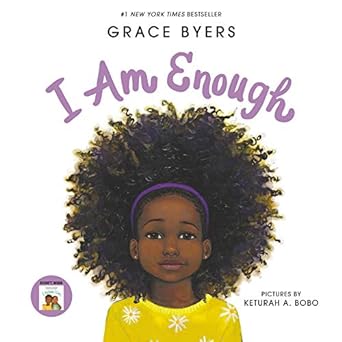
There’s also Peer Pressure Gauge by Julia Cook. Julia always finds a way to help kids understand a variety of topics through the experiences of the characters in her books. In this book, kids will see firsthand how the main character feels pressure from his classmates.
If you’d like a hands-on activity to use when teaching your students about peer pressure, check out this Peer Pressure resource from my TPT store. This resource includes a Roll and Respond discussion card and die, five Peer Pressure Tips posters in both color and b/w, and a Peer Pressure activity sheet for students to create scenarios for each of the five tips.
What types of activities do you do with your students to support them in resisting negative peer pressure?
Stick around! You can follow Savvy School Counselor with free email updates. You can also follow my TpT Store to keep up with my latest products and freebies. Additionally, I do giveaways through My Facebook Page with my new products. Be sure to like Savvy School Counselor on Facebook and click to receive notifications so you don’t miss them!
*Amazon links in this post are affiliate links. Amazon pays me a small commission if the links are used at no cost to you.
Related Posts via Categories


